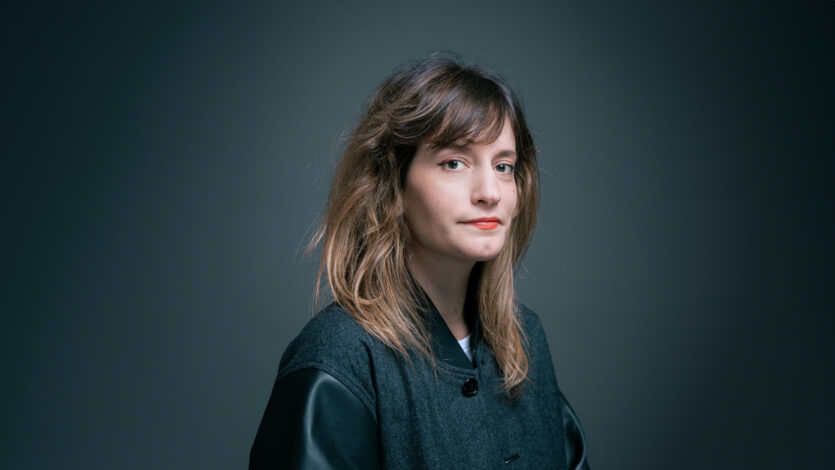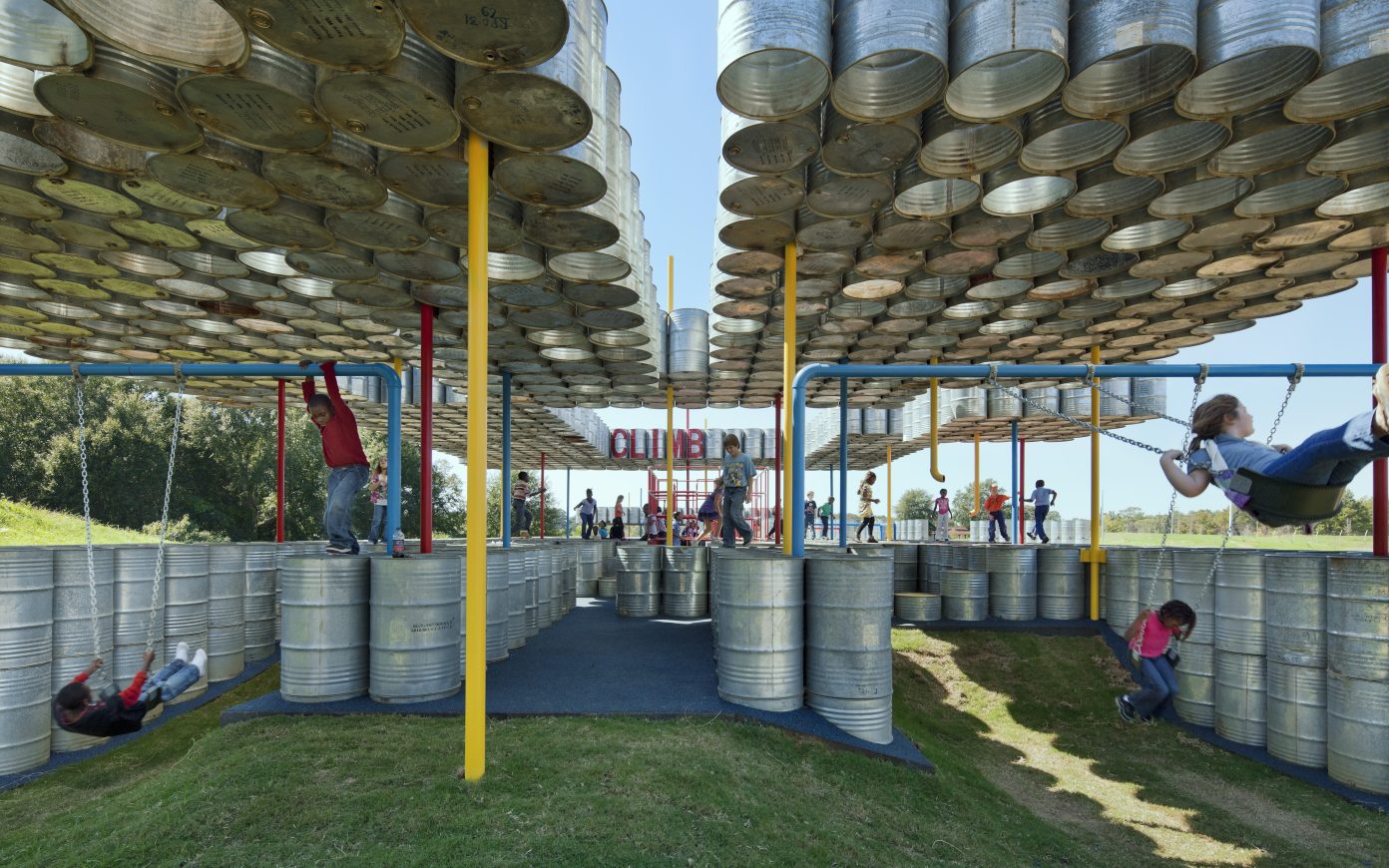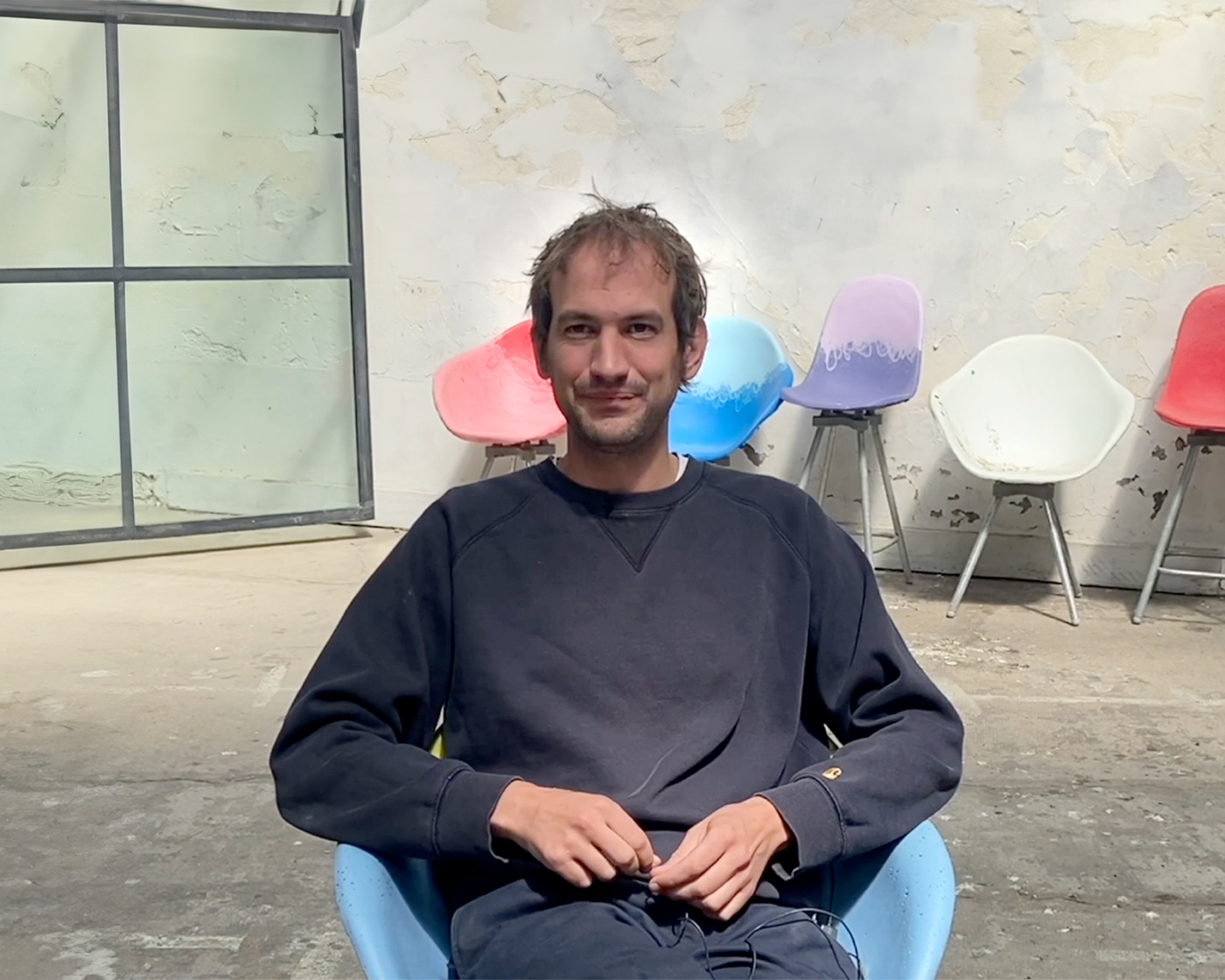Algorithms
“ Artificial intelligence is revolutionizing our relation to history, giving us access to previously indecipherable archives. ”
“ Artificial intelligence is revolutionizing our relation to history, giving us access to previously indecipherable archives. ”
Using AI to tell history
On February 10 and 11, France hosted the Summit for Action on Artificial Intelligence, bringing together international companies and heads of state to identify the potential and limits (notably environmental) of this tool. This is an opportunity for us to discuss the subject of generative AI with Raphaël Doan, a specialist in the sciences of Antiquity and author of the uchronia Si Rome n’avait pas chuté (If Rome hadn’t fallen), an essay imagining, with the help of AI, what might have happened if the Industrial Revolution had taken place under the Roman Empire. Through this experiment, fascinating possibilities for historical and archaeological research are outlined, as AI facilitates the processing of archives, the translation of lost languages and the deciphering of burnt texts. Read here the transcription of our interview with Raphaël Doan

The art of artificial life
Justine Emard is a visual artist. Her installations use AI to understand the living, exploring the boundaries between organic life and artificial intelligence. Bee swarms, encephalographic recordings and prehistoric paintings become learning supports for algorithms that, contrary to dystopian imaginations, generate new supra-hyper-organisms.

Artificial Intelligence in the creation process
AI is a new form of intelligence whose development is stirring up concerns and dystopian fables. Far from replacing human intelligence, AIs are emerging as new tools to be trained, controlled and shaped to achieve the desired result. For the artist, photographer, architect, film-maker, musician or illustrator, AIs become an agent with which to collaborate, resulting in co-creation. Inaugural lecture of the “AI and Creation” series at the Stream Innovation Center.

Harnessing AI as an architect
The researcher and data scientist explores and experiments with how architects can use artificial intelligence to enhance their practice. A foretaste of the AI & Creation conference series, for which he will host the fourth session (11/20/23), accompanied by American architects Daniel Bolojan and Andrew Witt.

Philippe Chiambaretta invited at ESSEC Business School
Interview by Ingrid Nappi-Choulet on February 23rd, 2016 at ESSEC Business School, on the occasion of the publication of Cahier # 4 : “Digital in the City of Tomorrow : What are the stakes for real estate? ” for the Chair of Real Estate and Sustainable Development – ESSEC Business School
Explorer Tous les tags
 stream voices
stream voices
Eager to share more generously the results of its collaborations and research, PCA-STREAM publishes STREAM VOICES, its online magazine!








